http://www.religioustolerance.org/nataspir.htm
- This website discusses religious tolerance, as the URL states, and describes Native American religious beliefs and practices, as well as European and Canadian treatment of Native Americans. I suggest this website to be read; it is very informative and eye-opening.
- Check out the FAQ
- "The arrival of Europeans marked a major change in Native society. Millions died due to sickness, and programs of slavery and extermination. 1 Europeans and their missionaries looked upon Native Spirituality as worthless superstition inspired by the Christian devil, Satan. Many of the survivors were forcibly converted to Christianity. The U.S. and Canadian governments instituted policies to force Natives onto reservations and to encourage them to become assimilated into the majority culture. 2 During the middle decades of the 20th century, whole generations of children were kidnapped, forcibly confined in residential schools, and abused physically, sexually and emotionally. In Canada, these schools were operated on behalf of the Federal Government by the Roman Catholic, Anglican, United and Presbyterian churches. Both the government and these religious institutions have settled a multi-billion dollar class-action lawsuit. Claims against the Anglican Church were much greater than the Church's current assets. The was a concern for a while that the church might be forced into bankruptcy due to legal costs.
Native spirituality was suppressed by the U.S. and Canadian governments. Spiritual leaders ran the risk of jail sentences of up to 30 years for simply practicing their rituals. This came to an end in the U.S. in 1978 when the Freedom of Religion Act was passed.
Some suicidologists believe that the extremely high suicide rate among Natives is due to the destruction of their religion and culture by the Federal Governments. This suppression is still seen in the prison administrations; Canadian prisons have only recently allowed Native sweat lodge ceremonies; many American prisons routinely deny permission."
http://www.ipsl.org/programs/summer/southdakota.aspx
- Summer Service-Learning Program in the Lakota Nation, South Dakota
- Study Abroad integrated with Volunteer Service
http://www.sacred-texts.com/nam/index.htm
- This website discusses the lack of "authoritative information" on Native American religious/spiritual practices. A list of literary references is included, as well as entire books concerning Native Americans.
http://www.americanchronicle.com/articles/view/102102
- Native American Women Are Missing Out On Mammograms
- "...many Native American women are not being given regular diagnostic exams that include mammograms."
http://www.native-languages.org/kids.htm
- Very informative, as well as interesting.
- "The best-known episode in Cherokee history was also the worst: the Trail of Tears, the forced relocation of the Cherokee Indians from their ancestral home in the southeast to Oklahoma. The Cherokee people were an urban, Christian, agricultural, intermarried society who had supported the United States against other tribes. In the end this was all for nothing. Though prominent Americans like Davy Crockett and Daniel Webster spoke against Removal, and though the Supreme Court ruled it unconstitutional, President Andrew Jackson sent in the army. Fifteen to twenty thousand Cherokee Indians (along with Choctaw, Creek, and other tribes) were rounded up and herded to Oklahoma in the winter of 1838-1839. Driven from their homes without being allowed to collect their possessions first, even their shoes, the Cherokees were no better equipped for an 800-mile forced march than people today would be. Between four and eight thousand Cherokee people died of exposure, starvation, disease, and exhaustion along the Trail of Tears. If you understand this, both the extent to which the Cherokees had adopted American standards of civilization before the Removal and the ultimate futility of it, you will go a long way towards understanding the Cherokee mentality and also the attitudes of other Indian peoples towards us. "
http://www.lib.washington.edu/subject/history/tm/native.html#major
- Includes lists of websites which describe the history of Native Americans, as well as references for texts and images.
http://etext.virginia.edu/subjects/Native-American.html
- Lists of electronic texts
http://etext.lib.virginia.edu/toc/modeng/public/AleAmer.html
- Includes various poems concerning Native Americans
- Click on the link "Poem."
http://bancroft.berkeley.edu/Exhibits/nativeamericans/
- Native American images
http://edtech.kennesaw.edu/web/natam.html
- Research/informational sites
- Native American artists' home page
*more to be added soon
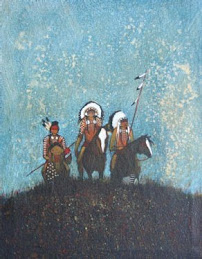
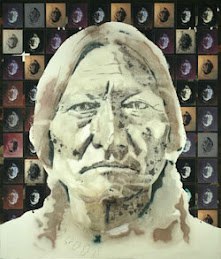
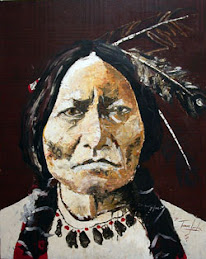
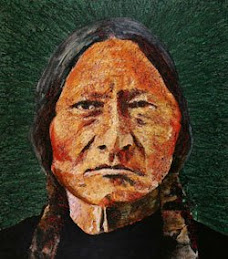







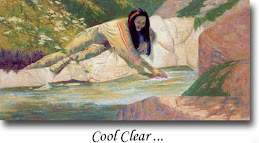

,+Peggy+O%27Neal.jpg)
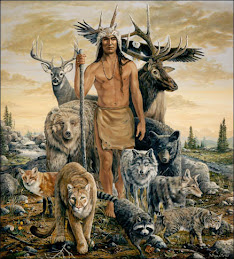,+Peggy+O%27Neal.jpg)
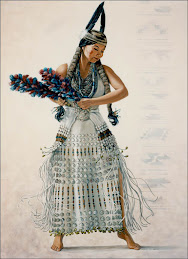,+Peggy+O%27Neal.jpg)
,+Peggy+O%27Neal.jpg)







No comments:
Post a Comment